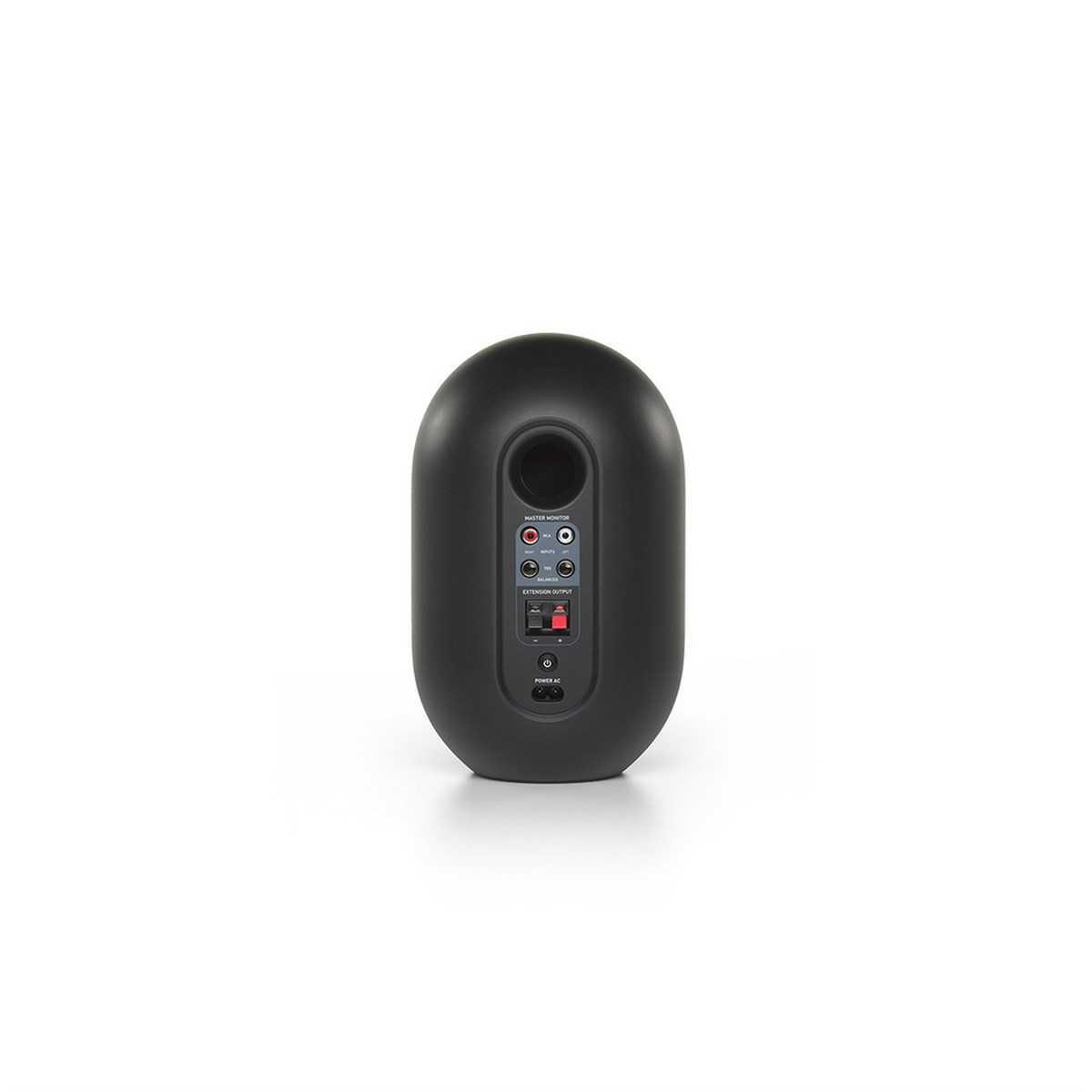
3 in 1 Bluetooth 5.0 kablosuz kulaklık kulaklık boyun-Mounted kulaklık MP3 çalar FM radyo TF kart desteği Bluetooth kulaklık

Taşınabilir Bluetooth spor kulaklıklar, A6, boyun bandı kablosuz kulaklık, HiFi kulaklık, 250mAh pil, 10 saat oynamak - AliExpress

CCYLEZ Katlanabilir Bluetooth Kulaklık, Kablosuz Kulak Üstü Kulaklık Desteği Eller Serbest Aramalar, Ergonomik Tasarım Çocuk Kulaklığı Okul Seyahat Çocuklar Kızlar Erkekler (Siyah) : Amazon.com.tr: Elektronik

RTUSIA Başı Saran Küçük Bluetooth Kulaklıklar - Dahili Mikrofonlu ve Kristal Netliğinde Sese Sahip Spor Kablosuz Kulaklık, Katlanabilir ve El Çantasında Taşınır ve 12 Saat Pil Ömrü, Siyah : Amazon.com.tr: Elektronik

Kablosuz kulak kancası kulaklık Bluetooth 5.0 FM radyo MP3 oynatıcı spor kulaklıklar koşu bisiklet oyun müzik Video akıllı telefonlar - AliExpress

Kablosuz Bluetooth Kulaklık Gadget Yeni Dr Spor Kulaklık Stereo Kulaklık Beats Headsetblack | Fruugo TR

Baş Kulaklıkların Arkasında, boyun bandı Etrafında Baş Kulaklıklar Hafif Küçük Katlanabilir Kablosuz Spor Dahili Mikrofonlu Terlemez Kulaklık | Fruugo TR

Almak Dbx 234xl 234 profesyonel ses çevre ekipmanları stereo 2/3 yollu, mono 4 yollu elektronik crossover - Taşınabilir Ses Ve Video | www.durlas.com.tr




















.jpg)